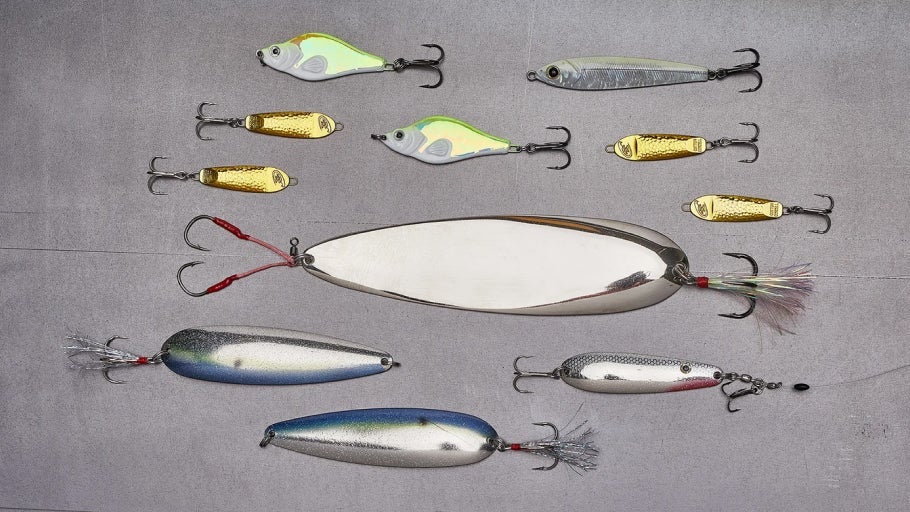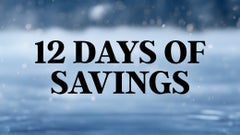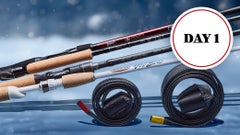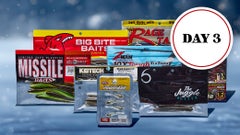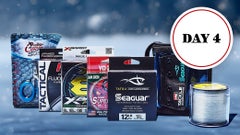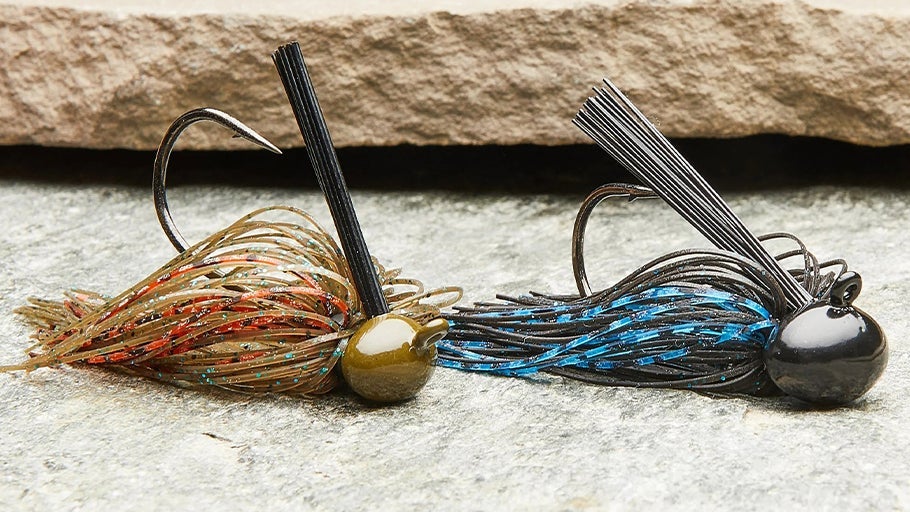
Shakey Heads Gear Guide
A versatile presentation that’s effective on bodies of water around the country, the shakey head is highly efficient for getting bites and catching fish. Proven to produce year-round, the shakey head truly shines during summer and winter months when fish are deeper, more lethargic, and relating to offshore structure. However, its effectiveness is not exclusive to deep water, as the shakey head catches plenty of fish when conditions are right. With its subtle action, the shakey head is a powerful tool for targeting fish that have become wary of moving baits. In this gear guide, we'll explore the effectiveness of the shakey head technique and cover helpful tips that will maximize your performance on the water.
Shakey Head Rods
Categorized primarily as a finesse technique, most anglers prefer throwing a shakey head on a spinning rod between 7' to 7'4" with medium to medium-heavy power and a fast to extra-fast action for the ideal combination of sensitivity and hook-setting ability. For larger jig heads exceeding half an ounce, a jig/worm casting rod with the same length, power, and taper also makes a great choice and can help improve line management and control.
Shakey Head Reels
A spinning reel in the 2500–4000 size range is preferred for shakey head fishing, as the larger spool diameter picks up line quickly and helps minimize line twists. Choosing a reel with a smooth drag system is also crucial for managing the powerful surges of bass once they're hooked. For larger shakey heads, any trusted 100- to 150-size casting reel with a 7:1 to 8:1 gear ratio is an excellent choice, as heavy lines and high-capacity spools are unnecessary for this technique.
Shakey Head Line
For finesse shakey heads, it's best practice to start with a 10–15lb braided mainline paired to a fluorocarbon leader in the 6- to 12-pound range. Use the lightest line appropriate for your lake's cover and average fish size to maximize sensitivity and performance while creating a stealthy presentation to outsmart wary fish. Straight 10- to 15-pound fluorocarbon also works well for many heavier applications, especially when fishing areas where line abrasion is a big concern.
Shakey Heads Modifications & Rigging
Shakey heads come with various keeper systems designed to hold your bait in place. Screw-lock style keepers work well with bulkier plastics like magnum worms or creature baits, while barbed or wire keeper systems are perfect for standard and finesse worms. For advanced rigging, consider tying a finesse stinger hook to the tag end of your knot and inserting it into the bait to improve hookup ratios with short-striking fish. Lastly, enhance your bait's appeal in murky or stained waters by adding a touch of scent and color to the tail with dipping dye or a soft-plastic dye marker.
Shakey Heads Tips & Tricks
When rigging your worm or creature bait, weave the hook point back and forth through the plastic several times. This creates a channel, allowing the hook to penetrate the plastic faster and more smoothly during hooksets. Prepping your plastics with this technique can significantly improve your hook-up ratio and reduce the frustration of missing fish. When fishing around vegetation and heavy cover, consider using an offset jig hook so you can Texas-rig your plastic, conceal the hook point, and avoid picking up grass on every cast.
Colors
It's easy to get overwhelmed with endless soft-plastic color options to choose from, so consider variables like water clarity and local forage when making your selection. In clear water, opt for natural patterns such as green pumpkin, watermelon, or shad options, and in murky or low-visibility conditions, try bright and vivid colors like morning dawn or chartreuse to grab the bass' attention.
Final Thoughts
In addition to these tips and techniques, it's worth noting that the shakey head isn’t limited to worms and creature baits. Instead of using a traditional worm, anglers can experiment with a variety of soft plastics such as crawfish imitations or even slim paddle tails. This finesse tactic can outperform bulkier profile baits like jigs and hardbaits, especially in high-pressure fishing scenarios, and adds another layer of adaptability to your fishing arsenal.
Related Articles

